President Donald Trump has embarked on a crucial diplomatic tour of Asia, with his administration signaling that the trip could redefine the economic and strategic relationship between the United States and China. The high-profile journey comes at a moment of heightened global tension over trade imbalances, technology supply chains, and rare-earth mineral access — all of which have the potential to shape global markets for years to come.
A Mission with Global Implications
The tour, which spans several key Asian nations, is being viewed as one of the most consequential foreign policy tests of Trump’s presidency. His schedule includes meetings with top leaders in Japan, Malaysia, and South Korea, culminating in a closely watched encounter with Chinese President Xi Jinping. The meeting, expected to take place on the sidelines of the APEC Summit, could decide whether the world’s two largest economies mend relations or slide further into confrontation.
According to White House officials, the purpose of the trip is to stabilize trade relations, secure new export deals for American industries, and press Beijing to reduce restrictions on rare-earth exports and high-tech components. However, behind the scenes, the trip carries far more weight — it is also a geopolitical balancing act aimed at reaffirming America’s influence in the Indo-Pacific region amid China’s growing dominance.
Trade Tensions and Strategic Stakes
Trade remains the cornerstone of this tour. The Trump administration has repeatedly clashed with China over tariffs, intellectual property protections, and export controls. The U.S. has accused Beijing of unfair trade practices and of using its control over rare-earth elements as leverage in global supply chains. Trump has made clear that unless a new agreement is reached, Washington is prepared to impose even steeper tariffs on Chinese imports.
In recent weeks, the administration has also intensified pressure on U.S. allies to reduce dependence on Chinese technologies and raw materials. American industries — from automotive manufacturing to defense — are feeling the strain of disrupted supply chains, and Trump’s team believes that reshaping trade terms with China is essential to restoring stability and protecting U.S. jobs.
Meanwhile, China has signaled that it is open to negotiations but unwilling to make major concessions under threats of economic coercion. President Xi, facing slowing domestic growth and internal political challenges, is expected to push for a more balanced approach — one that preserves China’s manufacturing advantages while avoiding escalation into a full-blown trade war.
Balancing Diplomacy and Power Politics
Trump’s Asia tour is about more than trade; it is also about projecting strength. Each stop on the journey carries its own geopolitical meaning. In Japan, discussions will focus on technology investment and security cooperation. In Malaysia, the White House is expected to promote regional infrastructure development as an alternative to China’s Belt and Road Initiative. And in South Korea, Trump aims to reaffirm the U.S. commitment to regional defense, even as he seeks closer economic alignment.
Yet the centerpiece remains the meeting with Xi. The two leaders, who have a history of volatile interactions, will face immense pressure to deliver a breakthrough. Analysts say the meeting could either produce a limited truce — a short-term easing of tariffs — or, in the worst-case scenario, ignite a new phase of economic confrontation.
Risks and Rewards for Washington and Beijing
For Washington, a successful deal could restore confidence in Trump’s economic strategy, boost manufacturing, and strengthen the U.S. position in Asia. A failed outcome, however, could trigger deeper inflationary pressures at home and intensify fears of a prolonged global trade downturn.
For Beijing, the stakes are equally high. China’s economy, while resilient, has been weakened by global market volatility and domestic uncertainty. Securing relief from U.S. tariffs could stabilize exports and ease investor concerns. But any agreement perceived as a capitulation could invite political criticism within China’s leadership circles.
Regional Repercussions
Southeast Asian nations are watching the trip closely. Many regional economies are deeply intertwined with both the U.S. and China, making them vulnerable to disruptions caused by tariff escalations or trade realignments. Nations like Vietnam, Indonesia, and Thailand have already experienced ripple effects from the U.S.-China trade dispute, as companies shift supply chains to avoid tariffs.
If Trump’s diplomacy succeeds, it could signal a new era of pragmatic engagement between Washington and Beijing, setting the stage for regional economic stability. But if talks falter, the fallout could spread far beyond Asia — affecting energy prices, commodity markets, and global technology production.
A Defining Test of Leadership
For President Trump, this Asia tour represents a defining moment in his foreign policy agenda. It is a test of his ability to transform campaign rhetoric about “winning with China” into a tangible, lasting agreement that benefits American workers and global stability alike.
As Air Force One makes its way through the capitals of Asia, the world is watching — markets, allies, and rivals alike — to see whether this mission will yield a historic breakthrough or deepen the divide between two economic superpowers whose rivalry defines the century.

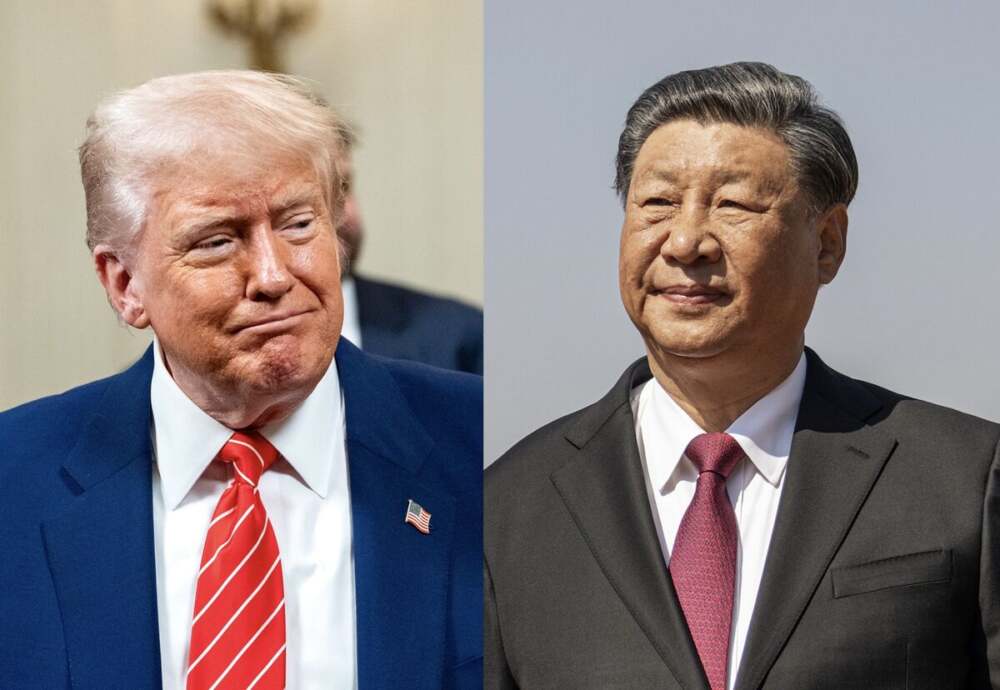
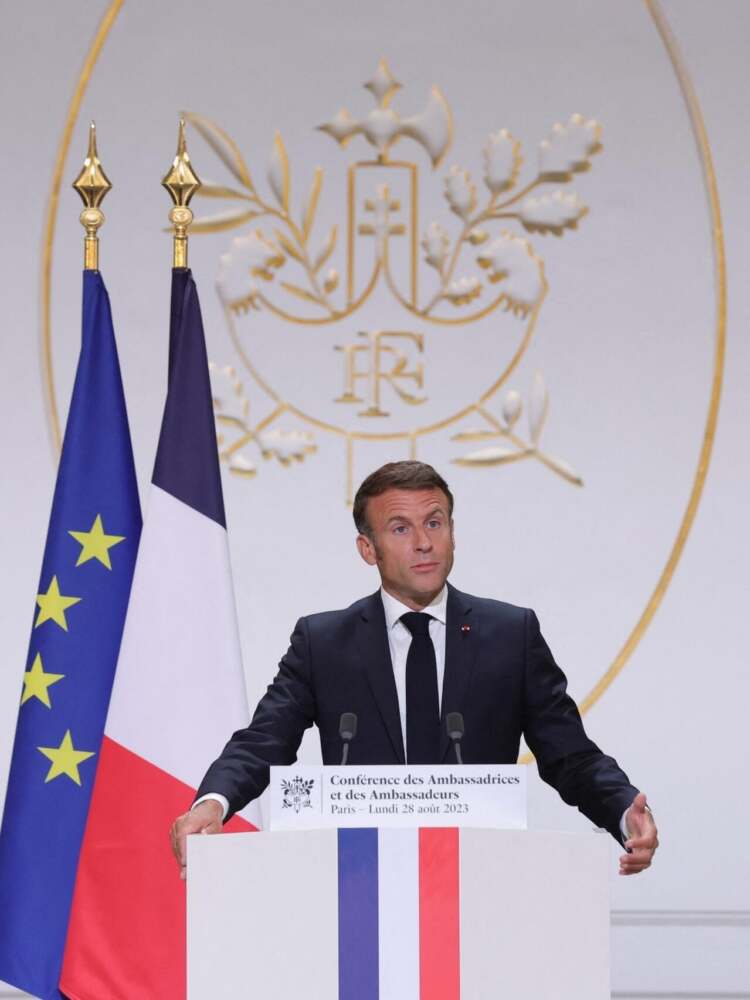




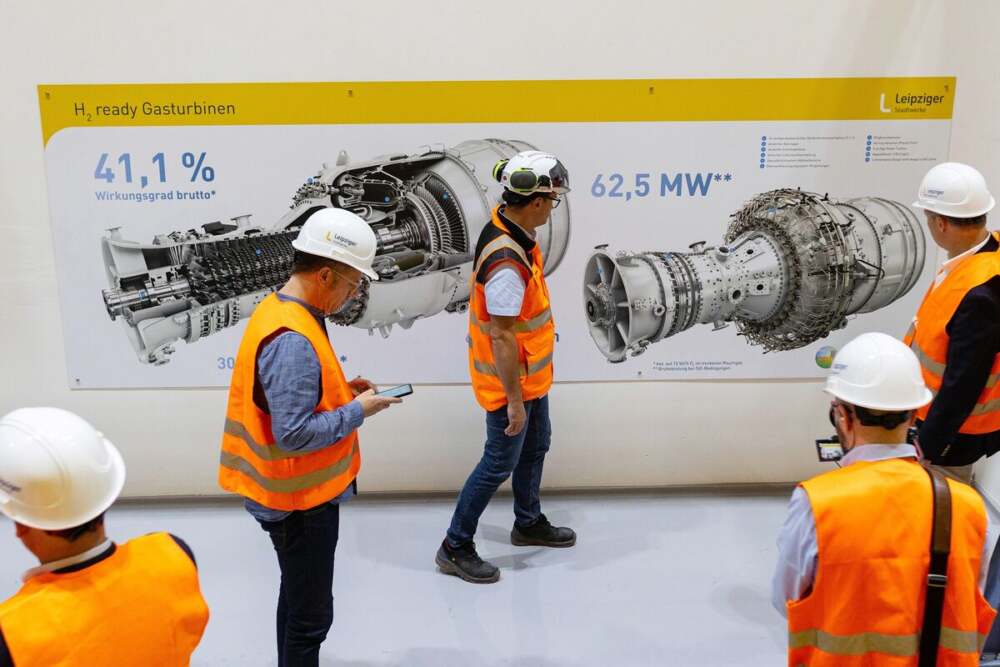

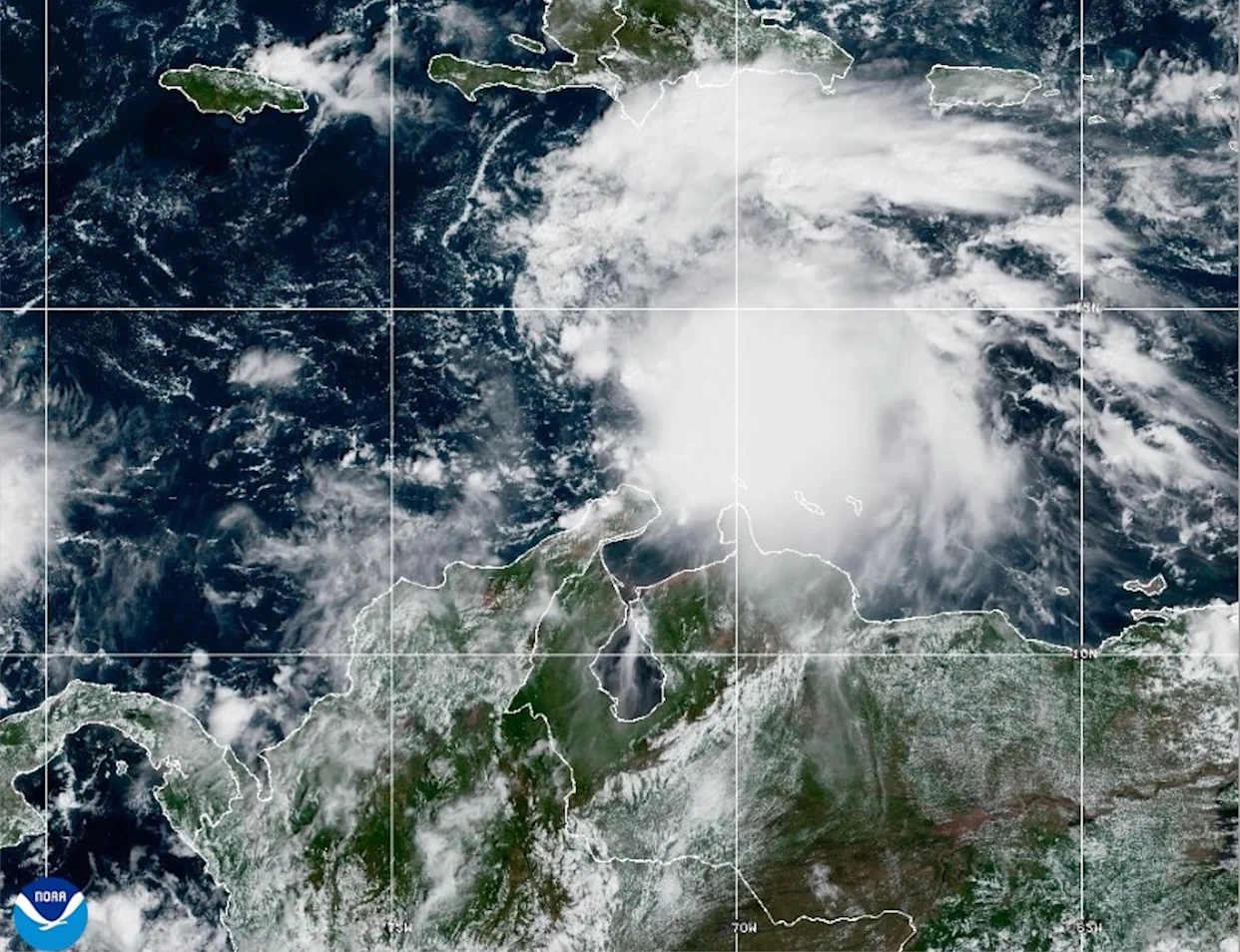

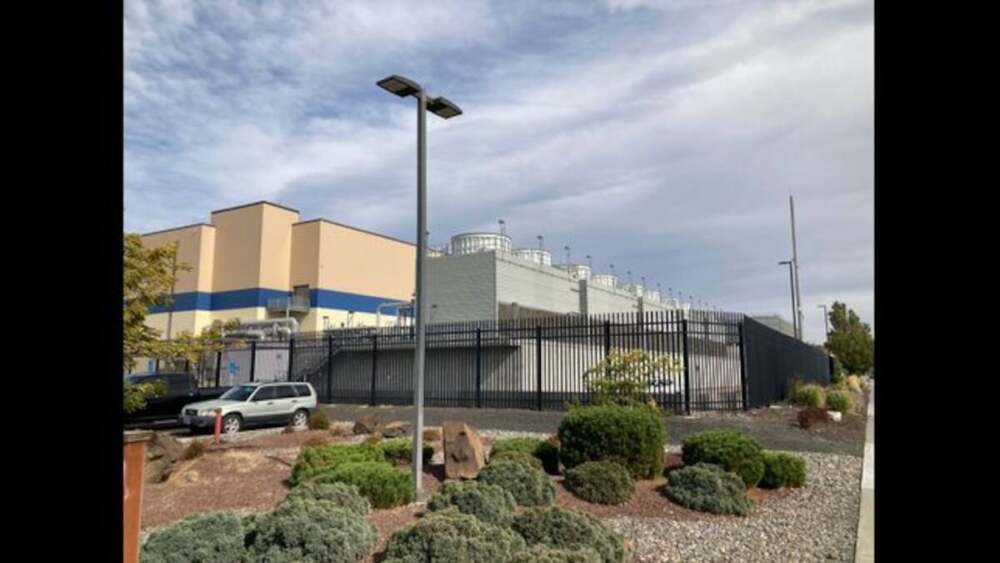
Leave a Reply